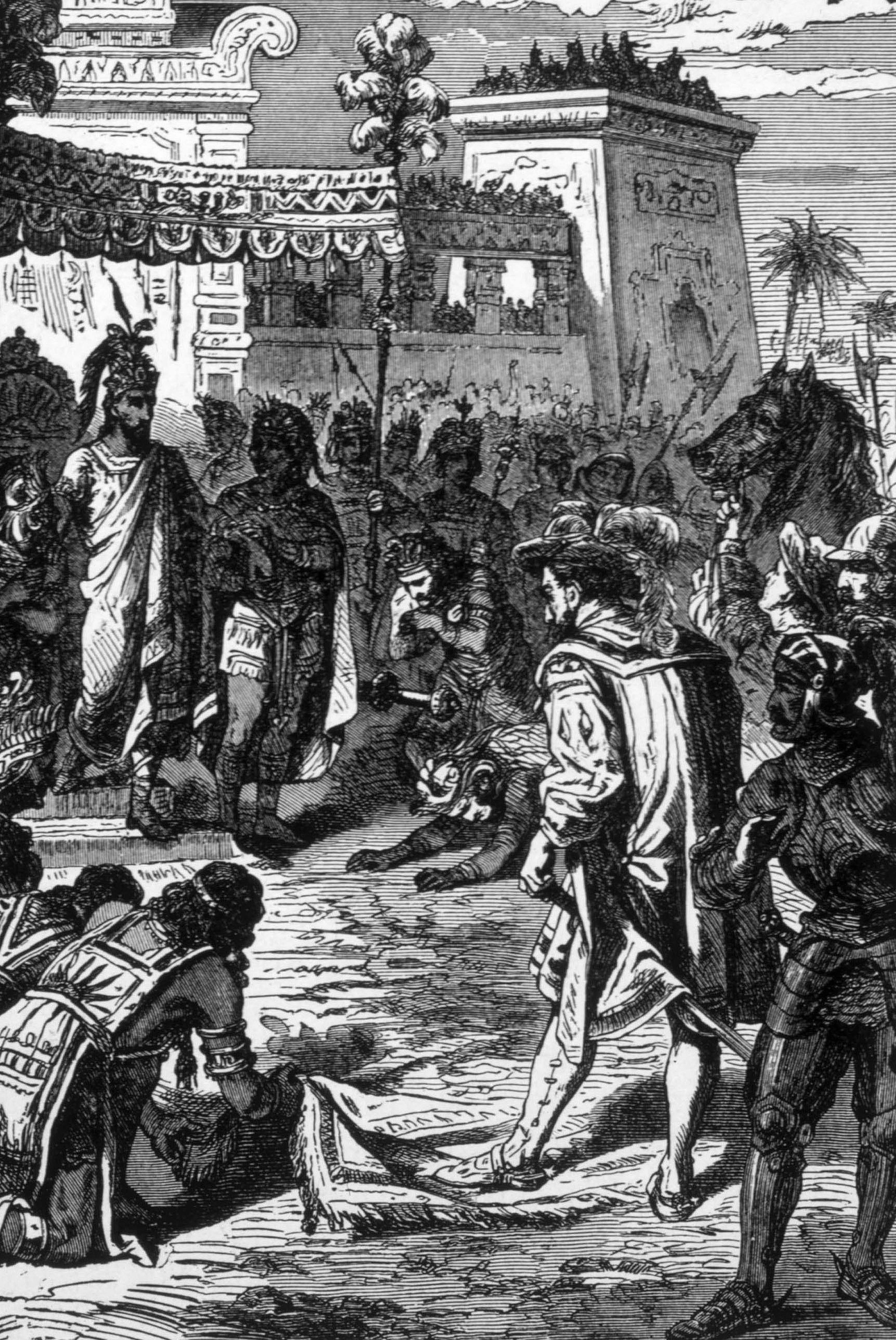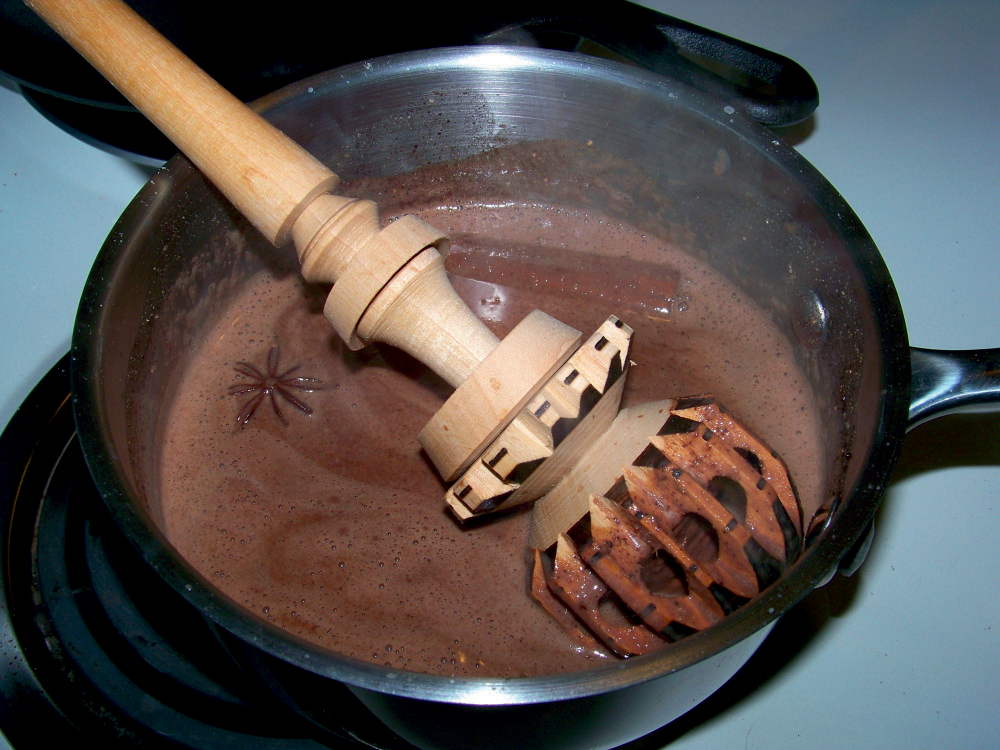The first European to encounter cacao is likely to have been Christopher Columbus, on his fourth and final voyage in 1502. He captured a Maya trading canoe with cacao onboard, mistook the cacao beans for almonds, and dismissed them for their bitter taste.
In 1519 the Aztec emperor Montezuma II famously served ‘xocolatl’ as a drink to Spanish explorer Hernán Cortés, who may also have then sent some back to Europe, once again without much acclaim. Soon after that he was governorgeneral of New Spain (now Panama) and established the first cacao plantation. Beans grown there were transported back to King Charles V of Spain in 1528.
The beverage made more of an impact in the Spanish court when Dominican friars brought Kekchi (Guatemala) Mayans to Prince Philip in 1544, bearing gifts including containers of beaten chocolate, and the court developed a taste for it. However, it was not until 1585 that the first official shipment of cacao beans reached Seville from Veracruz.
Up until 1600 the Spanish enjoyed a virtual monopoly of chocolate imports to Europe.


In 16th century Spain hot chocolate was consumed by mixing dried cacao mass with hot water and spices in a pot, sweetening with cane sugar and adding vanilla or cinnamon, and finally frothing with a molinillo.
This way of making hot chocolate spread throughout Europe and the rest of the world, continued right into the 19th century, and is still widely practised in South America today.